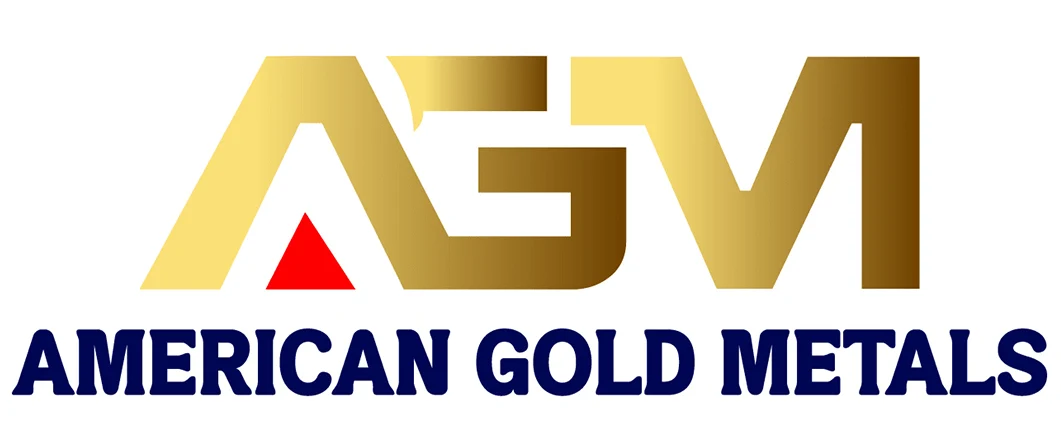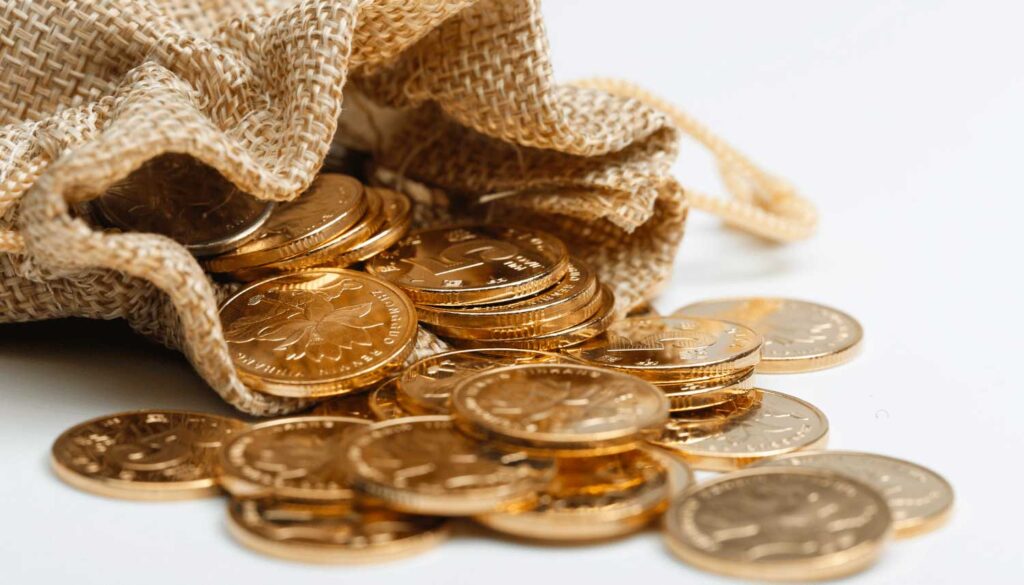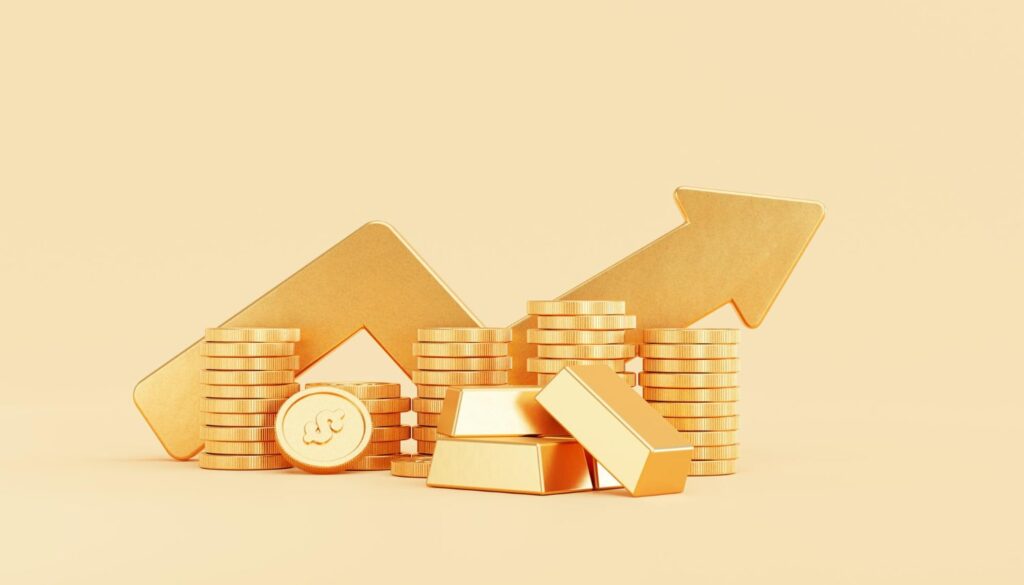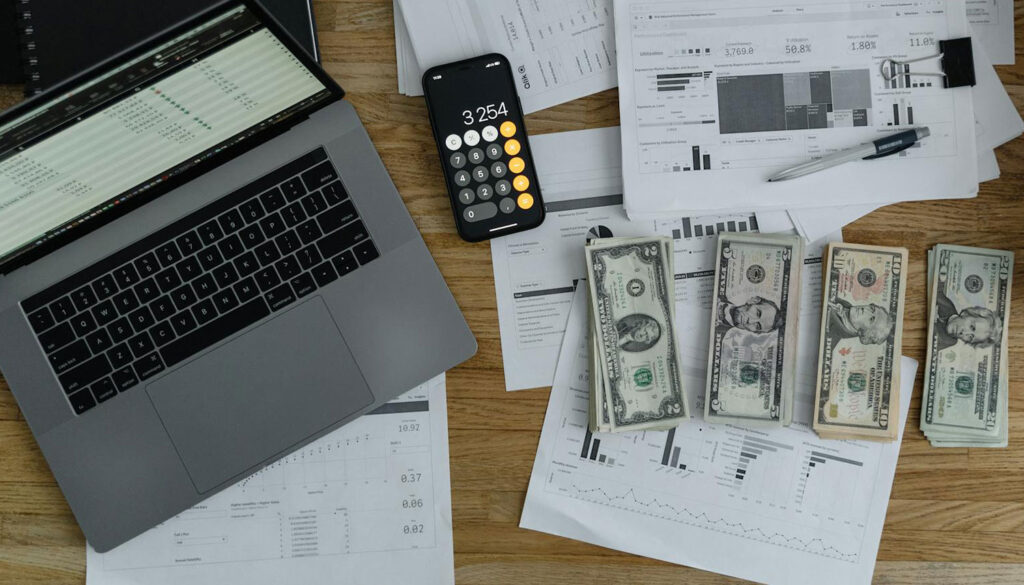I believe that silver could go to $60 per ounce from today’s price of just $30 by the end of 2014. That would be double from today’s current prices in just a little over two years! I also believe silver will be the best single investment of this decade. The following article is focused on why I think that you should seriously consider having a significant percentage of your investment portfolio in silver.
Many gold investors deride silver as the “poor man’s gold” because of its low relative price to gold. They also don’t like the fact that it because it is used primarily as an industrial metal it can be negatively affected by a cyclical downturn in the economy. This is opposite of gold which is viewed almost entirely as a precious metal. Many years ago, the silver market was so oversupplied because there were huge artificial inventories of silver. This was because the US took currency (coins) out of circulation due to its physical silver content. Because of this artificial situation, huge surpluses hung over the market until these excess inventories were depleted. This led to silver prices crashing as low as $2 and then traded around $5 for years. Because silver had so decoupled from the price of gold during this period, it began to be thought of as just another industrial metal and not a precious metal.
There are still skeptics who think of silver as just another industrial metal. However after a 600% rise in price from $5 to $30 since 2003, it has begun again to be viewed as a precious metal. I think that silver has only completed about fifty percent of that process. As this transformation continues there will be additional significant moves higher in price. That will attract more investors to silver again until it once again retains its true status as a precious metal.
1) The amount of silver consumed annually and bought for investment exceeds currently exceeds total annual mining output and has for years. That gap has been filled by sellers willing to sell from existing inventories and as prices rise. As time passes this will naturally push prices significantly higher until this fundamental imbalance reaches a true equilibrium price where supply is closer to demand.
2) Both industrial and investment demand for silver is growing in excess of the annual increase in mining production growth. The available inventory is low and will get even tighter over time. These two factors will lead to a continued tighter supply-demand situation going forward.
3) The lower price of silver at $32 appeals more broadly to small investors relative to the more expensive gold at $1705, especially if gold prices continue to rise.
4) Most silver is not found in mining sites in any significant concentrated form. It is usually chemically bound to other metals; much of it is actually the byproduct of mining for lead, copper, etc. In the last few decades this made it less attractive from a profitability standpoint to invest in pure silver mine. Now prices have finally recovered enough to make new projects feasible again. So there is new investment in the sector but it is a lengthy multi-year process to bring on significant new production. .
5) The last time silver was found in huge concentrations or veins that dramatically affected the amount available and therefore significantly lowered prices was in the Comstock Lode in Nevada in the late 1800’s. The Comstock Lode produced tons of ore that was very pure with concentrations of 25-50% silver. Silver mines today have much lower concentrations, usually always less than two ounces per ton of refined ore.
6) Silver is the most conductive metal on earth. Gold is also conductive but is prohibitively expensive due to its much higher price for most industrial uses compared to silver.
7) Silver is an industrial metal with over 10,000 commercial applications. Because it is one of the best electrical and thermal conductors, that makes it ideal for electrical uses such as switches, multi-layer ceramic capacitors, conductive adhesives, and contacts. It is used in some brazing and soldering as well. Silver is also used in solar cells, heated automobile wind shields, DVD’s and some mirrors.
8) Silver is an essential element in the electronic gadgets that are a growing part of our digital age. It is in every cell phone, smart phone, tablet, computer keyboard, solar cells and every radio frequency if ID device (RFID). This makes it an essential element going forward as the world becomes more addicted to gadgets. The growth and rising living standards of people in the emerging economies will drive long-term growth of new customers that will demand more and more electronic gadgets.
9) Silver’s industrial demand should increase 60% to 666 million ounces per year by 2016 from 487 million ounces in 2010. Current annual mine production is only around 700 million ounces per year growing a few percent annually.
10) Of a total of fifty billion ounces of silver that have been mined in history, only two ounces (estimate) or 5% remain in above ground inventories available to be bought and sold. This is due to silver being used up in industrial applications in very small quantities, which makes it unprofitable to recycle at today’s prices. A lot of silver is used in minute quantities in industrial products which are used up and discarded without being recycled.
11) This is unlike gold where five billion ounces have been mined and two and half billion ounces (estimate) are still available in all inventory. Since gold is hardly ever discarded because of its very high price, used mainly in jewelry or for investment purposes, the total inventory is so much larger than silver.
12) The supply demand equilibrium in silver is extremely tight. There is now less than one year of inventory of silver, compared to over eleven years of inventory in the 1970’s.
13) Exchange Traded Funds (mainly SLV, SGOL, PSLV, and CEF) have opened precious metals investing in silver to millions of investors around the globe. When investor make net new purchases, the ETF purchases physical silver and removes it from the available market, which increases the scarcity of available supply. This is the first time many investors worldwide are not required to actually buy physical silver bullion and coins and store it themselves. Now they have an investment vehicle that offers liquidity and ease of trading to get exposure to precious metals.
14) Silver also has many medicinal applications. Roman soldiers long ago noticed that if water is kept in silver cups, it wouldn’t become stagnant. Today silver in “colloidal” form is used as a broad spectrum antibiotic. It can be used in bandages to treat burn victim’s wounds and also in colloidal form actually swallowed to target microorganisms in one’s gut. It is also used in water purification systems.
15) The US Dollar has lost 31% of its purchasing power just since 2000. The dollar has lost a staggering 82% of its value since the US was taken off the gold standard in 1971. Since the Federal Reserve was created in 1913, the US dollar has lost 95.6% of its purchasing power. When you compare the historical appreciation and more importantly, the retention of real purchasing power of precious metals versus the dollar in those same time frames, those facts alone should convince you that significant exposure in precious metals is necessary to protect your wealth. The primary and overarching reason you should have a significant percentage of your investment assets in precious metals is simple: to protect the real purchasing power of your accumulated wealth! In this age of government’s abusing their privilege of excessively printing currency, on a magnitude and scale not seen for decades, only gold and silver can protect and actually grow your wealth.
16) Gold and silver are such unique elements with so many uncommon properties. Therefore the chance of a gold or silver substitute being developed is almost impossible. It hasn’t happened in thousands of years and it probably never will. That is what makes them exclusive; they can’t be printed, manufactured or copied. They can only be mined, purchased from a willing seller of the world’s existing inventory and from recycling.
17) Unlike an account at a bank, a dollar bill or a bond, these are all both an asset and liability to counterparty. This includes every other financial instrument and derivative man has created in history. Precious metals are the only asset class with no counterparty risk if you have physical or very secure possession. They will always retain some value and can’t go to zero like any other investment.
18) The total amount of silver available to trade in the physical silver market is only about $70 billion versus the total gold market which now exceeds $4.3 trillion. As you can see from these numbers, the total market size of the silver market is only 1.6% of the size of the entire gold market. This lack of liquidity and use of extreme leverage in its respective futures market produces wild volatility in price fluctuations of silver.
19) The total gold market is sixty one times the size of the silver market yet. As interest in silver increases this sets up a situation where prices could soar higher.
20) Since World War II, the US government has sold over five billion ounces of silver and currently has no reported stores. Now that vast stockpiles are gone, the supply demand equation has changed dramatically.
Wealth Wire – Thursday, December 27th, 2012






